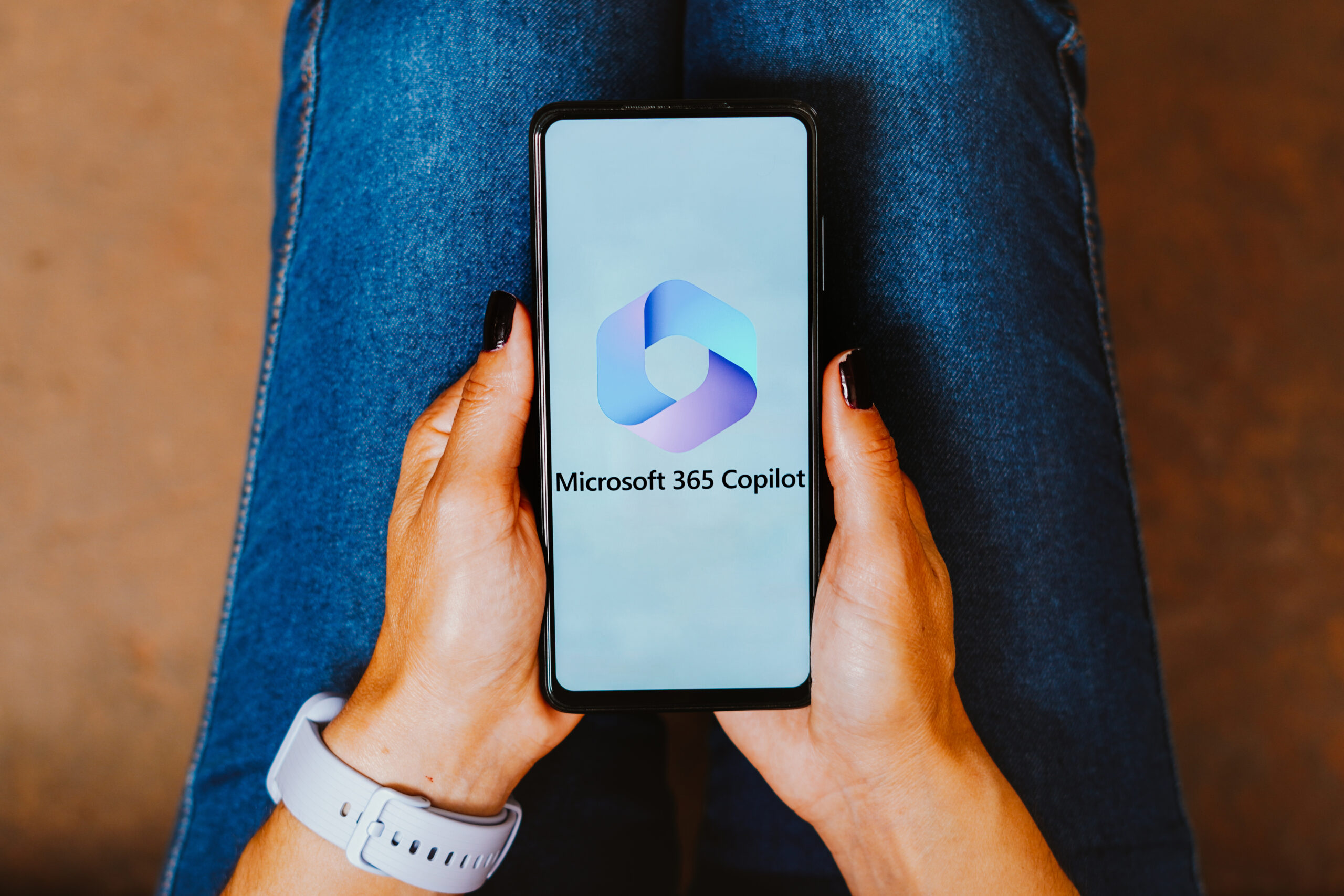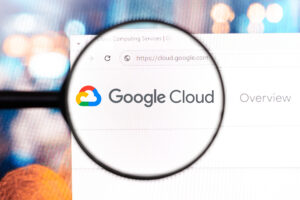As our world becomes increasingly interconnected, overcoming language barriers is more important than ever before. Microsoft’s new AI-driven Edge translation feature brings us one step closer, allowing you to seamlessly translate content in real time. Whether its on watching YouTube videos or using LinkedIn, Microsoft’s integration of artificial intelligence into internet-connected devices enhances user interaction and streamlines cross-cultural communication. With just a couple of clicks, spoken content is translated on the fly. This revolutionary capability showcases the power of AI to drive innovation. Microsoft is pioneering new ways for people around the globe to understand each other and engage meaningfully, regardless of their native language. At 100 words, this technology could have profound implications for how you collaborate, learn, and access information in our multilingual world.
Overview of Microsoft’s AI-Driven Edge Translation
Real-Time Translation
- Microsoft’s AI-powered real-time translation feature in Edge allows users to translate spoken and written content into their language of choice. Whether viewing educational videos, engaging in workplace presentations, or connecting with global colleagues, users can comprehend information as they communicate. Powered by neural machine translation, the AI examines entire sentences to determine meaning and provide the most accurate translation.
Enhanced User Experience
- Integrating AI into Edge enhances the user experience by enabling real-time interaction and understanding across languages. When using platforms like YouTube or LinkedIn, content is instantly translated, allowing users to follow along regardless of the original language. As for workplace or educational use, the feature facilitates collaboration and learning across geographies and cultures.
Private and Secure
- Microsoft’s AI translation services were built with privacy and security in mind. All data processing occurs locally on the user’s device rather than being sent to the cloud. Users can also feel confident using the feature knowing their information remains private. For enterprise use, IT administrators maintain control over how the AI is deployed and used within their networks.
The Future of AI and Productivity
- Microsoft’s AI-powered translation in Edge showcases how artificial intelligence can be integrated into tools for enhanced productivity, connectivity, and user experience. Therefore, as AI continues to progress, features like real-time translation will become more accurate, customized, and widely available across devices and platforms. By incorporating AI into their products and services, companies can drive innovation, boost global collaboration, and transform how people work, learn, and interact.
How Microsoft’s Edge Translation Works

Microsoft’s AI-driven Edge Translation allows real-time translation of spoken language into text that appears on your screen. This innovative feature uses advanced neural network models to translate speech into text for over 70 languages.
Speech-To-Text Translation
- To enable speech translation, open Microsoft Edge and navigate to a website with spoken foreign language content, such as a YouTube video or podcast. The Translate icon will appear, allowing you to select your target language. Edge will then automatically detect the spoken language and translate the speech into text in your selected language in real time. The translated text will appear at the top of the page, scrolling in sync with the audio.
Natural Language Processing
- Edge Translation leverages sophisticated natural language processing (NLP) to understand context and provide an accurate translation of the speaker’s intent and meaning. Also, these models have been trained on massive datasets to grasp linguistic nuances, recognize different accents and dialects, and account for ambiguities in human speech. The end result is a seamless, natural-sounding translation of the source language into your target language.
A Boon for Accessibility
- For people with hearing impairments, real-time speech translation are also a life-changing feature. Edge’s advanced NLP models can open up the video and audio content across the internet. They provide on-the-fly captions and translations to make more of the web-accessible. By harnessing AI, they overcome language barriers and assistive technology challenges. With this, Microsoft enables more people to explore, learn, and connect across the globe.
Edge’s groundbreaking speech translation capabilities demonstrate the power of AI to enhance daily experiences and bring the world closer together. With continued improvements in machine learning, this innovative feature promises to become even faster, more accurate, and widely available. The future is bright for a web without language limits.
Platforms Supported by Edge Translation
Edge Translation allows real-time translation of spoken and written content across various platforms, enhancing user experience through AI integration.
YouTube
- YouTube videos can be translated in real time using Edge’s live translation feature. Users have the option to translate video titles, descriptions, and subtitles into their preferred language. Live translation eliminates language barriers, providing access to a wider range of video content for users globally.
- On the professional networking platform LinkedIn, Edge Translation enables the translation of posts and comments in real time. This allows users to connect with a more diverse range of professionals, facilitating global networking and collaboration. With live translation, language is no longer a limiting factor in building professional relationships and exchanging knowledge on LinkedIn.
Office 365
- For businesses, Edge Translation integrates with Microsoft 365 to provide live translation in Word, PowerPoint, Excel, and Outlook. Documents, emails, presentations, and spreadsheets can be translated instantly, streamlining collaboration across languages. This enhances productivity and inclusiveness for multilingual or multinational teams.
Other Websites
- Edge’s live translation also works on many other websites, translating text when the translation icon is selected. This broad compatibility and seamless integration with websites demonstrates Microsoft’s vision of AI as an intuitive and empowering technology that enhances user experience.
In summary, Edge Translation harnesses the power of AI. They can overcome language barriers across digital platforms, enabling more meaningful connections and collaborations between users globally. By integrating AI into this widely-used browser, Microsoft is making innovative technology accessible and its benefits available to all.
Benefits of Real-Time Translation via AI
The integration of AI into Microsoft Edge enables real-time translation of audio and video content, providing several advantages to users. The translation occurs instantaneously, allowing you to understand spoken words in YouTube videos, podcasts, and other media in your native language.
Seamless Experience
- The AI-powered translation creates a seamless user experience by automatically detecting the language and translating the content into your default language setting. You no longer have to manually select a video’s subtitles or captions to begin translation. The AI determines the source language and translates speech into text that appears at the top of the screen.
Increased Accessibility
- Real-time translation expands the accessibility of content across languages and cultures. You gain access to a wider range of media from around the world without language acting as a barrier. Automatic speech recognition and neural machine translation provide an open window into global content.
Enriched Understanding
- AI translation enhances your understanding of the content by providing context for cultural references and idioms that do not directly translate between languages. The system uses machine learning and natural language processing to generate translations that convey the intent and meaning, not just the literal words.
While still an emerging technology, real-time translation shows significant promise for breaking down language barriers and enabling a more connected digital experience. As the AI continues to learn, the translations will become even more accurate, seamless, and culturally nuanced. Real-time translation also brings us one step closer to a world where language is no longer a limitation in accessing information and connecting across borders. Overall, Microsoft’s AI-driven Edge Translation showcases the company’s focus on harnessing the power of AI and machine learning to create more personalized, helpful, and productive experiences for users.
Future Outlook for Microsoft’s AI Translation Technology
Microsoft’s AI translation technology integrated into Edge shows the significant progress the company has made in developing advanced natural language processing and machine learning algorithms. The real-time translation of speech across various platforms points to Microsoft’s capabilities in leveraging artificial intelligence for natural user interactions.
Expanded Platform and Language Support
- The company will likely expand the number of supported platforms and spoken languages. Integrating the translation feature into Microsoft Teams, Skype, and other collaboration tools can enhance productivity for global teams. Support for widely spoken languages like Mandarin Chinese, Spanish, and French in addition to the currently offered languages will increase the feature’s accessibility worldwide.
Improved Translation Accuracy
- Microsoft will continue refining its AI models to provide higher-quality translations that capture nuances and complex grammar. The algorithms will become more adept at translating ambiguous phrases and idioms by gaining a deeper understanding of linguistic and cultural contexts. With time and continuous learning from user interactions and feedback, the AI translation system may reach human-level proficiency for some languages.
Additional Productivity Features
- Microsoft may build upon the real-time translation to offer other productivity enhancements through AI. Possibilities include automatically generating meeting notes and action items, suggesting responses in workplace communications, and providing relevant information or recommendations based on the meeting context. Integrating these features while maintaining strict privacy and security controls will be crucial to user adoption.
The rapid progress Microsoft has achieved in natural language processing indicates an accelerated development of the company’s AI translation technology and related capabilities. With consistent improvements in platform support, language coverage, translation accuracy, and productivity features, Microsoft’s AI-powered enhancements can significantly boost communication and collaboration across languages. The seamless integration of these technologies into Microsoft’s products demonstrates the company’s vision for infusing AI into everyday user experiences.
In A Nutshell
As we have seen, Microsoft’s integration of real-time translation in the Edge browser highlights exciting possibilities for AI-enabled IoT devices. By harnessing AI on the edge, Microsoft empowers users to effortlessly bridge language barriers during voice and video calls. This technology points to a future where AI facilitates seamless communication and accessibility across languages. While work remains to refine accuracy across diverse contexts, Microsoft’s innovation represents a milestone in enabling inclusive digital experiences. Consider the potential impact on education, business, and intercultural exchange. Ultimately, you as a user have an opportunity to be at the forefront of this transformation. By embracing tools like Edge’s translation feature, you can help drive progress toward a world where language is no longer a barrier.
More Stories
Sisense Intelligence: Transforming Data into Action with Generative AI
Sisense Intelligence offers a seamless experience, allowing you to interact with data using natural language and generate insightful dashboards without the need for complex coding.
TikTok Empowers Users with AI-Driven Content Control Tools
TikTok is advancing digital content with AI-driven tools that give you more control over your viewing experience. On June 3,...
Nokia Powers Next-Gen PON and Wi-Fi 7 Evolution
With the introduction of their co-existence network solution, advanced Wi-Fi 7 gateways, and a high-density 25G PON line card, Nokia empowers operators to meet the increasing demand for robust, high-capacity networks.
Nordic’s nRF9151 Powers Japan’s IoT Future with NTT DOCOMO LTE-M Certification
With the recent LTE-M certification of Nordic’s nRF9151 System-in-Package (SiP), witness a transformation in cellular IoT deployment across various industries.
Perplexity Labs: Transforming Prompts into Dynamic Reports and Dashboards
As a professional in today’s fast-changing digital world, you need tools that go beyond traditional limitations. That’s where Perplexity Labs comes in—an innovative feature from Perplexity AI, available only to Pro subscribers. It turns your creative prompts into detailed reports, interactive dashboards, spreadsheets, and even full web applications.
Instagram Edits Empowers Creators with Pro-Level Mobile Video Tools
Instagram unveiled Edits, their groundbreaking mobile video editing app designed to elevate the quality of Reels and short-form videos to empower creators.


